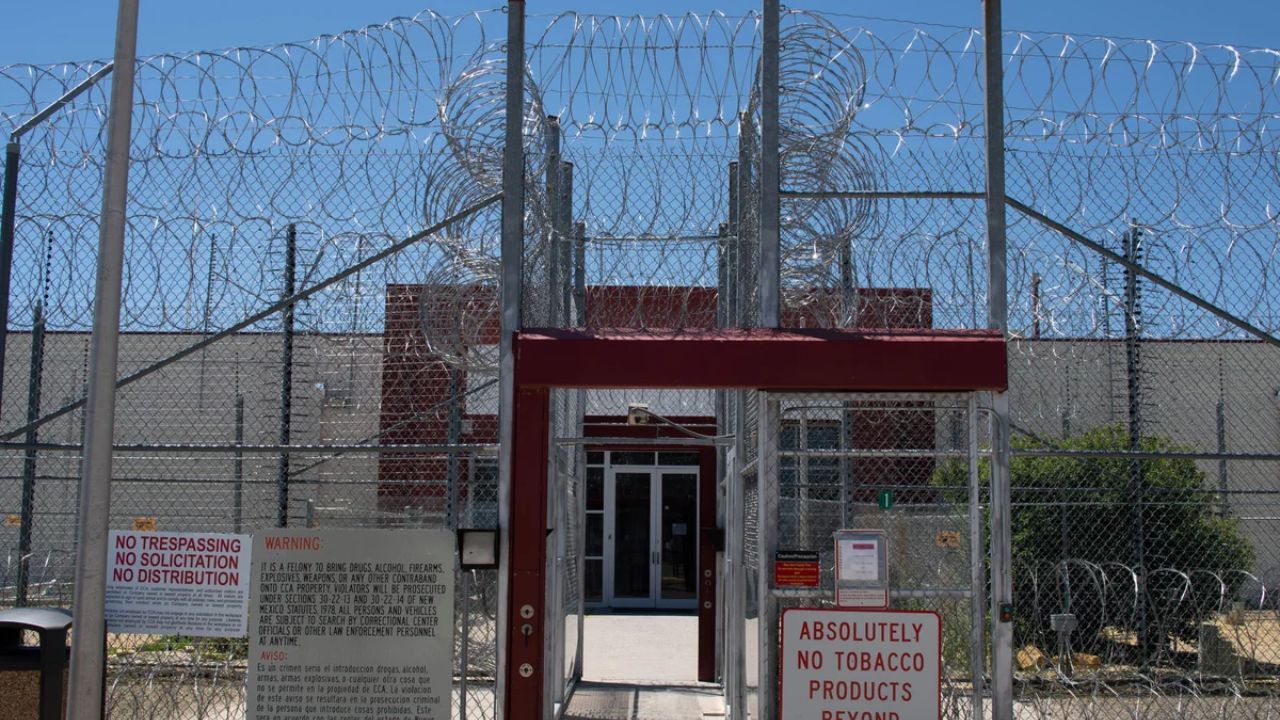Former President Donald Trump has declared a national emergency to address what he describes as harmful trade deficits impacting U.S. manufacturing. Invoking the International Emergency Economic Powers Act, Trump announced a new 10% baseline reciprocal tariff on most U.S. trading partners, effective soon.
A second wave of tariffs—targeting 57 countries—will follow shortly after, with rates ranging from 20% for the European Union to 34% for China.
According to the White House, “These tariffs will remain in place until President Trump determines that the threat posed by trade imbalances and unfair trade practices has been resolved, reduced, or mitigated.”
The administration stated the tariffs are intended to counteract practices such as currency manipulation and disproportionate value-added taxes. Canada and Mexico are exempt from the new measures, though the current 25% tariff on select goods from these nations will continue.
Trump emphasized the importance of protecting American jobs and industries, writing, “We are bringing back jobs and businesses like never before. Already, more than FIVE TRILLION DOLLARS OF INVESTMENT, and rising fast! THIS IS AN ECONOMIC REVOLUTION, AND WE WILL WIN.”
In addition, Trump announced the end of de minimis exemptions for low-value imports from China and Hong Kong, sparking concerns about potential retaliation from major trade partners. The European Union and China have already signaled possible countermeasures.
A White House bulletin noted, “Studies have repeatedly shown that tariffs can be a powerful tool in protecting national security and advancing economic and strategic goals.”
The U.S. Trade Representative recently detailed a new methodology for calculating tariffs to achieve balanced trade.
These actions follow a broader strategy unveiled earlier in 2025 that promotes fair trade practices and seeks to reverse the country’s longstanding trade deficits.
Officials argue that large, persistent trade deficits have eroded the U.S. manufacturing sector, weakened domestic supply chains, and made the defense-industrial base overly reliant on foreign suppliers, especially adversarial nations.
Tariffs will be applied broadly, with higher rates levied on countries with which the U.S. has the most significant trade deficits.
However, certain critical goods such as steel, aluminum, pharmaceuticals, and high-tech equipment will be excluded from the new tariffs.
The new policy aims to eliminate unfair foreign tariffs and trade practices, restore trade balance, boost domestic manufacturing, and safeguard American jobs.
Disclaimer- Our team has thoroughly fact-checked this article to ensure its accuracy and maintain its credibility. We are committed to providing honest and reliable content for our readers.






